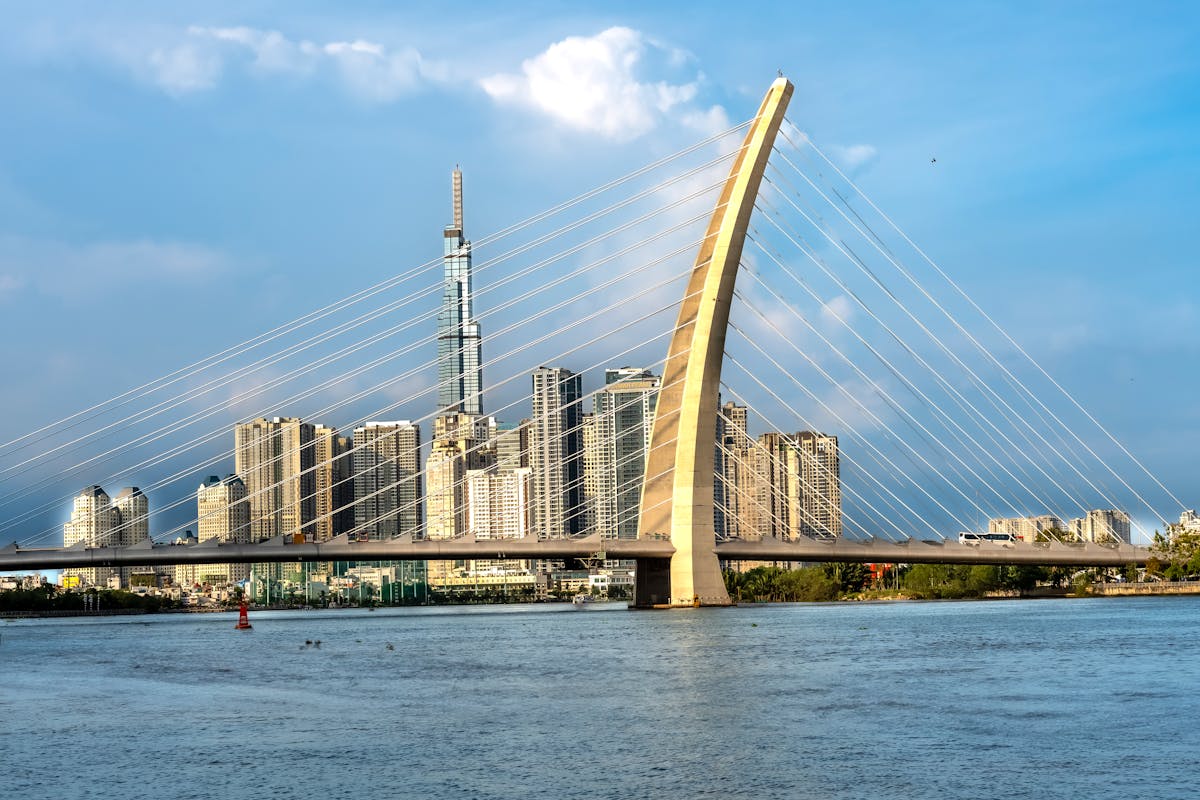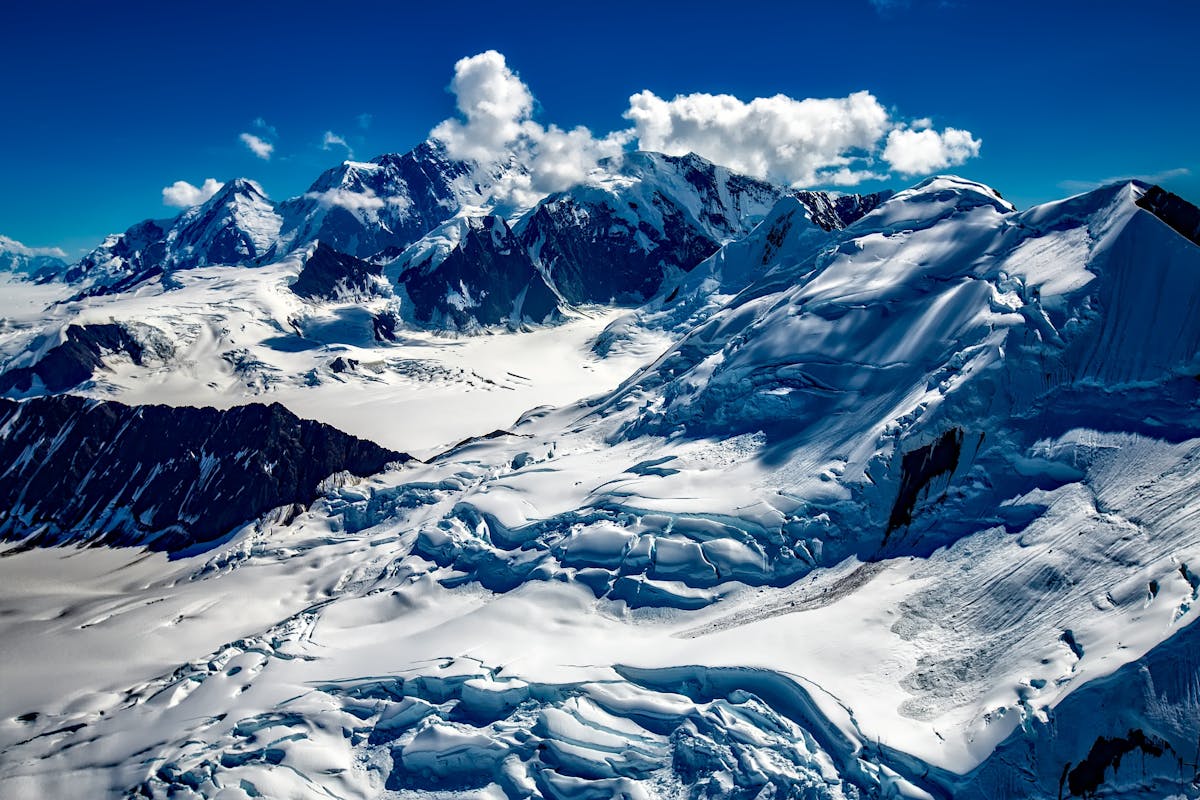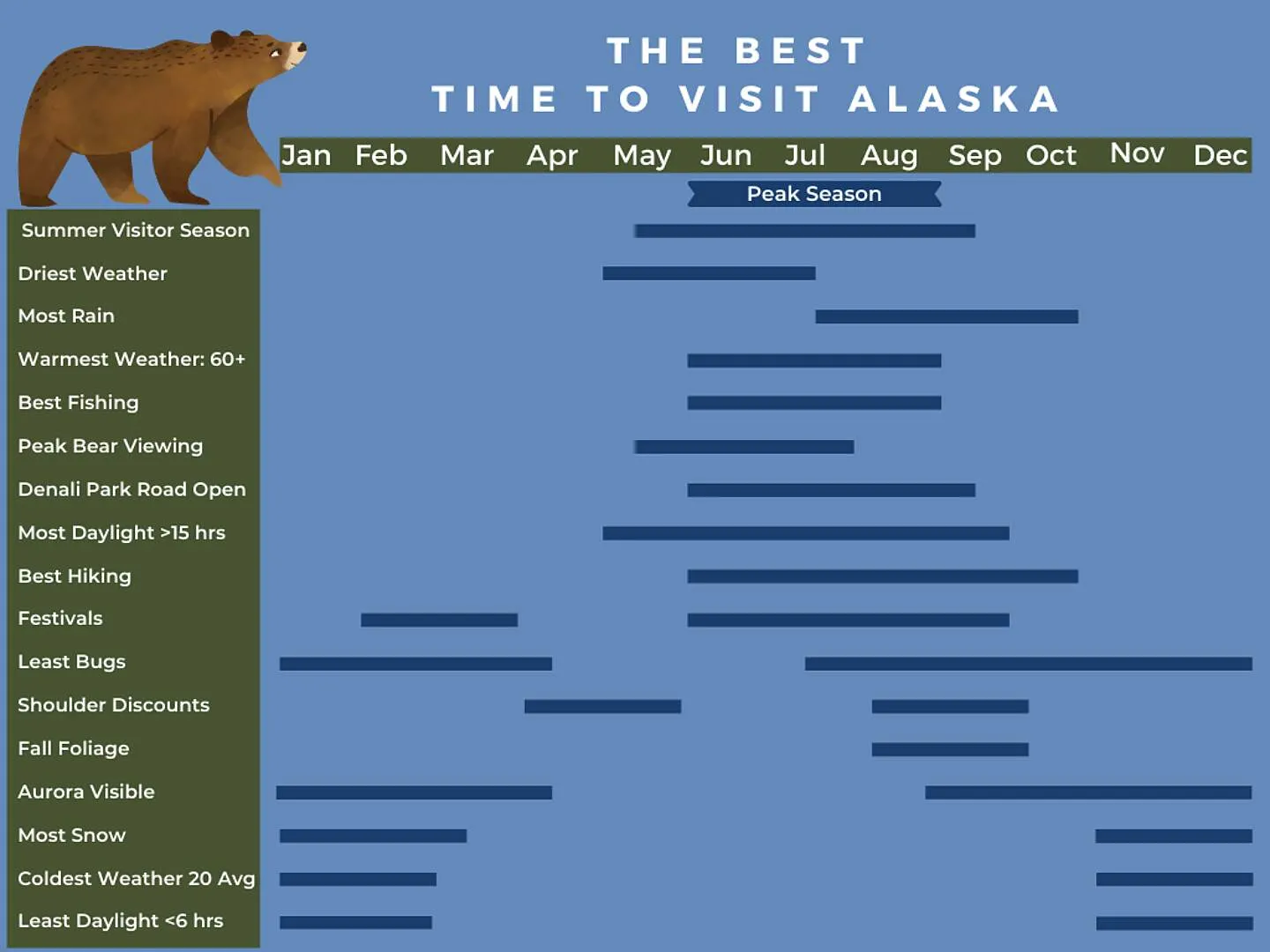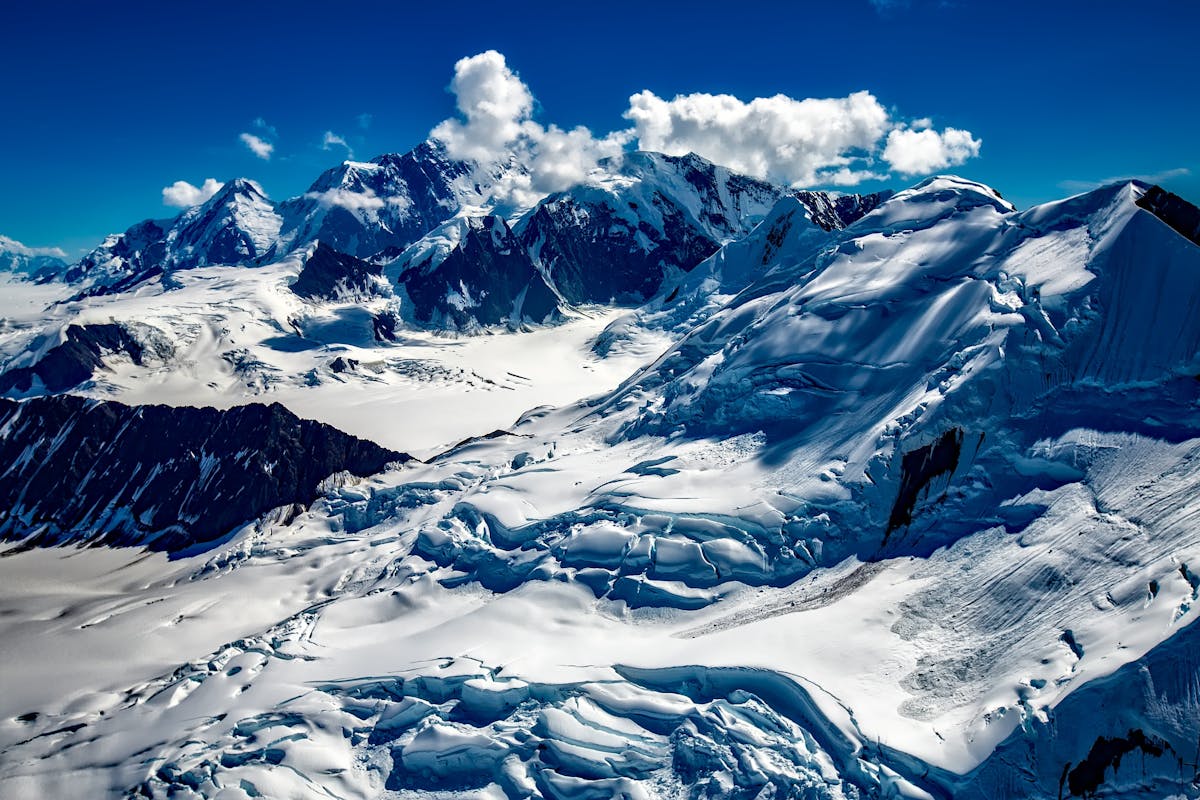Deciding exactly when to travel to Alaska is the first crucial step in planning an unforgettable adventure to the Last Frontier. This vast and diverse state offers dramatically different experiences depending on the time of year you visit. From endless summer daylight perfect for wildlife spotting and hiking to the magical dark skies of winter ideal for chasing the Northern Lights, each season presents unique opportunities and challenges. Understanding the nuances of Alaska’s climate and seasonal events is key to aligning your trip with your dream Alaskan experience.
Alaska’s appeal lies in its raw natural beauty and incredible array of outdoor activities. Whether you envision cruising through icy fjords, trekking through wild national parks, observing bears fishing for salmon, or experiencing the thrill of dog sledding, the timing of your visit will profoundly impact what you can see and do. This guide will walk you through Alaska’s distinct seasons, highlighting what makes each period special and helping you determine the perfect time for your journey north.
Understanding Alaska’s Travel Seasons
Alaska effectively has three main travel seasons, primarily defined by weather, daylight hours, and the availability of tours and services: the peak Summer season, the transitional Shoulder seasons (Spring and Fall), and the deep Winter season. Each has its own rhythm and charm, attracting different types of travelers and offering varied experiences. Your preference for weather, crowds, activities, and budget will heavily influence when to travel to Alaska.

The most popular time to visit is undoubtedly the summer, when Alaska bursts with life and activity. However, venturing outside this prime window can offer unique rewards, such as lower prices, fewer crowds, and distinct natural phenomena like the Northern Lights or fall foliage. Let’s break down what each season offers.
Peak Summer Season: May to September
Often cited as the absolute best time to visit, the summer season in Alaska runs roughly from May through September. Within this window, the period from mid-June to mid-July is often considered the absolute peak, offering the warmest temperatures, longest daylight hours, and highest availability of tours and services. If your goal is classic Alaskan adventures like hiking, wildlife viewing (bears, whales, moose), fishing, and cruising, this is likely when to travel to Alaska.
Daylight is one of the defining features of an Alaskan summer. Around the summer solstice on June 21st, many parts of the state experience the “Midnight Sun,” where the sun barely dips below the horizon or not at all. This translates to incredibly long days – 19 hours in Anchorage, 22 hours in Fairbanks – allowing for extended hours of exploration and activities.

Temperatures during this period are generally pleasant, ranging from 60°F to 80°F (15°C to 27°C) during the day in populated areas, though they can be cooler in coastal regions and at higher elevations. Nights are refreshingly cool, often dropping into the 40s or 50s F (4°C to 15°C). While May tends to be the driest month, rainfall increases as the summer progresses, particularly in coastal Southeast Alaska.
Wildlife viewing is at its prime during the summer. Bears are active, whale watching tours are abundant, and migratory birds are present. Salmon runs attract bears and provide fantastic fishing opportunities. Hiking trails, especially at lower elevations, are clear of snow by May or June, remaining accessible until well into the fall.
It’s important to note that while offering the most opportunities, summer is also the most crowded and expensive time to visit. Popular destinations, tours, and accommodations book up months in advance, and prices are at their highest. If you prefer fewer crowds and slightly lower costs while still enjoying many summer benefits, consider the shoulder months of May or September.
Shoulder Seasons: Spring (March-May) and Fall (September-November)
Visiting Alaska during the shoulder seasons can be a fantastic alternative for those seeking a different experience or looking to save money. These transitional periods offer a unique glimpse into Alaska as it shifts between extremes. Choosing when to travel to Alaska during these times means embracing change and potentially experiencing a mix of seasonal activities.
Spring (March – May)
Spring in Alaska is a time of awakening. Snow begins to melt, days get longer quickly, and wildlife starts to become more active after the long winter. Early spring (March-April) can still feel very much like winter, with opportunities for Northern Lights viewing, late-season dog sledding, and skiing. As spring progresses into May, trails begin to open up, migrating birds return, and the landscape starts to green.
Discover the Best of What to Do in Downtown Denver – Your Ultimate Guide
Discover the Best Brunch in Denver – A Local’s Guide
Top 10 Places to Visit in Nevada with Family for an Epic Trip
May is often considered the driest month of the year and can be a great time for wildlife viewing before the peak summer crowds arrive. Prices for flights and accommodations tend to be lower than in July and August. However, some services and tours may not fully open until June. Temperatures are cooler than in summer, ranging from the 30s to 50s F (-1°C to 10°C). This is a good time to visit if you want a blend of late winter and early summer activities and fewer tourists.
Fall (September – November)
Fall is arguably one of the most beautiful times to visit Alaska, especially for photographers and those who appreciate dramatic landscapes. Starting in mid-August, the tundra and forests begin to turn vibrant shades of red, orange, and gold, peaking in mid-September in many areas. This is a stunning backdrop for scenic drives and late-season hikes.
September offers a sweet spot: fall colors are present, summer crowds begin to dissipate, and temperatures remain relatively mild (though cooler than August, typically in the 40s and 50s F). More importantly, the nights start getting dark enough again to see the Northern Lights, especially from mid-August onwards in clear conditions. Many summer tours still operate in early September, offering a mix of activities.
As fall progresses into October and November, temperatures drop, snow becomes more frequent, and many summer-oriented businesses close for the season. This time is best for those interested in the transition to winter, perhaps focusing on cultural experiences in larger towns or seeking early winter activities like cross-country skiing. It offers the lowest prices and fewest crowds before the winter tourism picks up.
 Infographic showing the best time to visit Alaska by season and activity, helping decide when to travel to Alaska
Infographic showing the best time to visit Alaska by season and activity, helping decide when to travel to Alaska
Winter Season: November to March
Winter in Alaska is a magical time, characterized by short daylight hours, cold temperatures, and a landscape covered in snow and ice. While it might seem daunting, winter offers unique experiences that are simply not possible at other times of the year. If seeing the Northern Lights is your primary goal, winter is unequivocally when to travel to Alaska.
The Aurora Borealis is most visible during the dark months, typically from late September through March, with peak viewing potential from December to February in areas north of Anchorage. Fairbanks, due to its location and frequent clear skies, is a prime destination for aurora viewing.
Besides the Northern Lights, winter in Alaska is a paradise for snow sports enthusiasts. Activities include dog sledding (from short rides to multi-day expeditions), cross-country skiing, downhill skiing, snowboarding, ice skating, ice fishing, and snowshoeing. Winter festivals, like the famous Iditarod Trail Sled Dog Race (starting in early March) and the Fur Rendezvous in Anchorage, add cultural highlights to the season.
Temperatures vary greatly depending on the region. Coastal areas like Anchorage and Southeast Alaska are milder (often in the teens and 20s F, or -12°C to -1°C) but can be wetter. Interior and Arctic Alaska experience much colder temperatures, frequently dropping below 0°F (-18°C) and sometimes much lower, but often with drier, clearer conditions ideal for aurora viewing.
Winter travel requires careful planning regarding layers of clothing, transportation (some roads may be closed or require special vehicles), and limited daylight. However, for those prepared, the stark beauty, quiet landscapes, and unique activities offer an unforgettable Alaskan adventure. Prices can be lower than summer, though specialized winter tours and activities add to the cost.
Choosing Your Ideal Time to Visit
Ultimately, the best time for you to visit Alaska depends on your personal interests, budget, and tolerance for crowds and weather.
- For classic sightseeing, hiking, cruising, and abundant wildlife: Summer (June-August) is ideal, though be prepared for crowds and higher costs.
- For fall colors and early Northern Lights: Early Fall (September) is a fantastic option.
- For Northern Lights, snow sports, and unique winter culture: Winter (December-February) is your best bet.
- For fewer crowds, lower prices, and transitional experiences: Shoulder seasons (May, late September-October) offer great value.
Consider what specific activities are non-negotiable for your trip. If you dream of seeing grizzly bears at a salmon stream, summer is likely necessary. If the Northern Lights are the main draw, plan for the darker months. Researching specific tours and their operating seasons is also crucial when to travel to Alaska.

Frequently Asked Questions (FAQ)
Is May a good time to visit Alaska?
Yes, May is an excellent time to visit Alaska, especially early May. It’s often the driest month, days are getting long, wildlife is becoming active, and summer crowds haven’t fully arrived yet. Prices are also typically lower than in June-August. Some tours may have limited schedules early in the month, but most are operational by mid-May.
What is the best month to see the Northern Lights in Alaska?
The Northern Lights are visible during the dark sky period, roughly from late September to late March. The peak viewing months are typically December, January, and February, when nights are longest and coldest (often resulting in clearer skies). You need clear, dark skies away from city lights. Interior Alaska locations like Fairbanks are prime viewing spots.
When is peak season for Alaska cruises?
Peak season for Alaska cruises aligns with the peak summer season, generally from early June through August. This period offers the best weather, longest daylight hours, and highest frequency of sailings. Shoulder season cruises in May and September are available and can offer lower prices and fewer crowds.
What is the rainiest month in Alaska?
Rainfall varies significantly by region. Coastal Southeast Alaska (like Ketchikan or Juneau) is generally wetter than Interior Alaska. Across many popular tourist areas, August and September tend to see increased rainfall compared to the drier months of March, April, and May.
Is it worth visiting Alaska in the shoulder season?
Absolutely! Visiting in the shoulder season (May or late September/October) can be very rewarding. You’ll encounter fewer crowds, potentially find lower prices for flights and accommodation, and experience unique seasonal beauty (like spring bloom or fall colors). While some activities might be limited, many still operate, offering a different perspective on Alaska.
Choosing when to travel to Alaska is a key part of crafting your perfect adventure. Each season offers a distinct face of this incredible state, promising unforgettable experiences whether you seek the vibrant activity of summer, the dramatic colors of fall, the serene beauty of winter, or the reawakening of spring. By considering your priorities and understanding what each season entails, you can confidently plan your journey to the Last Frontier.
